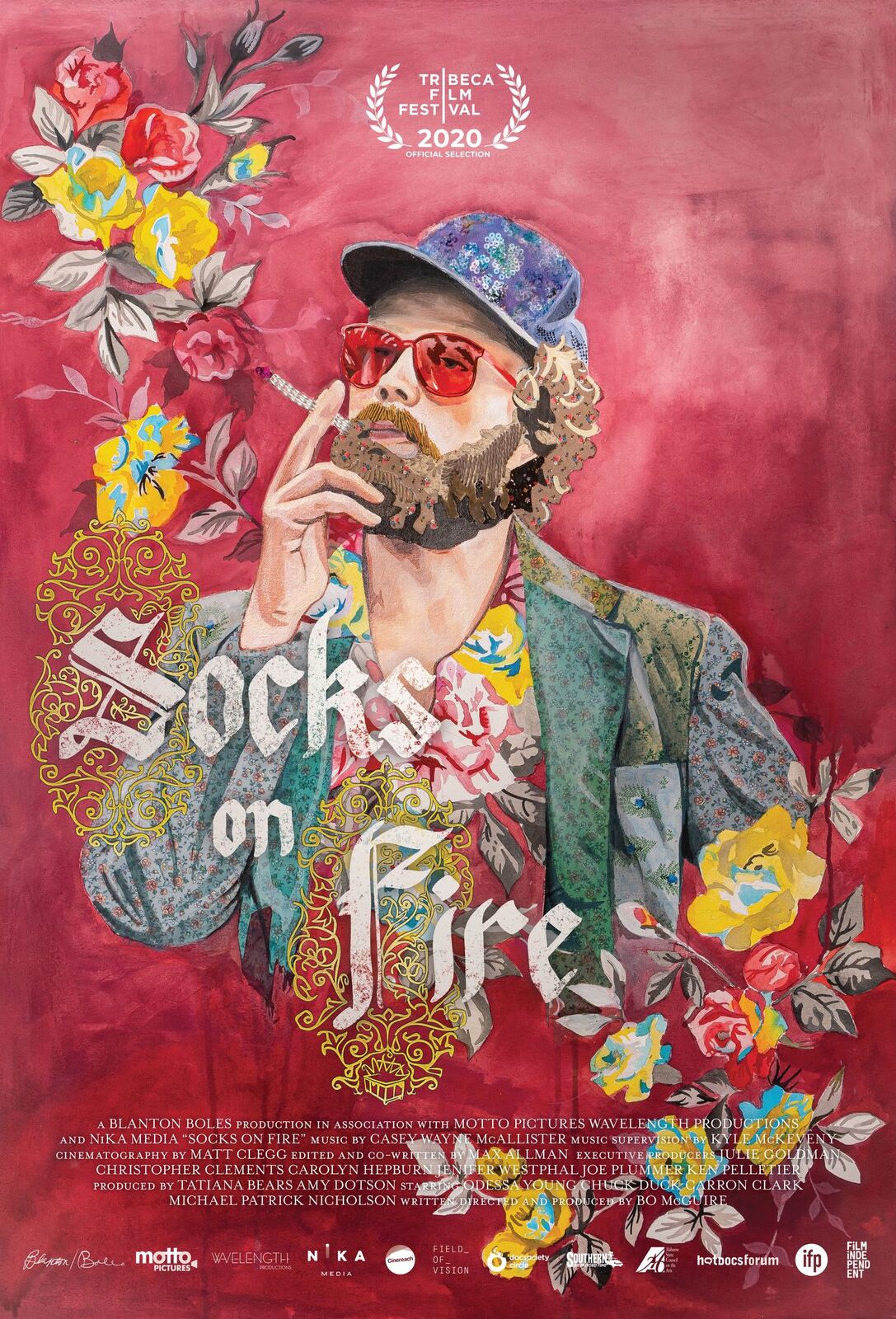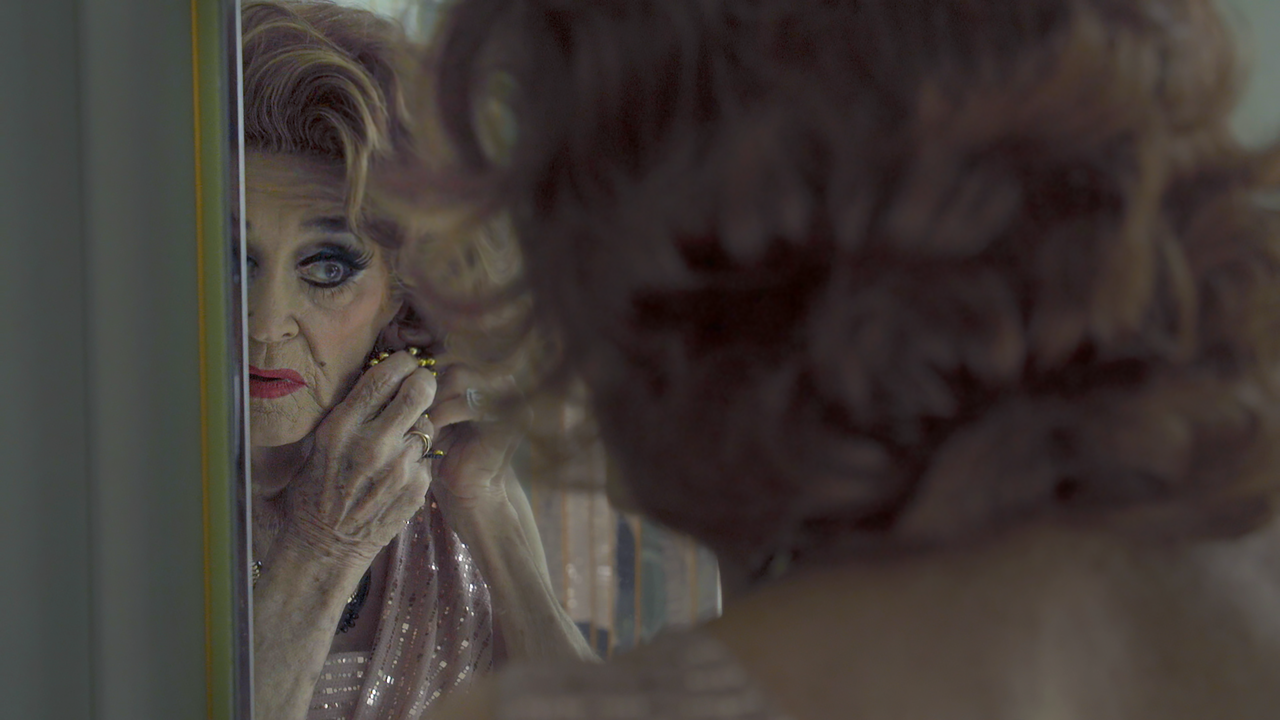
by Justin Lockwood | Jun 26, 2020 | Blog
This week we lost gay filmmaker Joel Schumacher at age 80. Although openly gay from the beginning of his career—he started out as a costume designer before making the leap to film directing with 1981’s quirky The Incredible Shrinking Woman—he wasn’t known as a...

by Justin Lockwood | Jun 17, 2020 | Blog
“Stories hurt, stories heal.” Those words conveyed the message of last summer’s Scary Stories to Tell in the Dark, and they popped into my head when I was thinking about Sam Feder’s documentary Disclosure, which premieres on Netflix on Friday, June 19. ...

by Justin Lockwood | May 28, 2020 | Blog
Great horror has come out of extremely limited resources and production values many times over the years; it’s also often fueled by tumultuous time periods. So it seems fitting that the COVID pandemic and ensuing quarantine have led to multiple, literally...

by Justin Lockwood | May 7, 2020 | Blog
Director Bo McGuire in the opening of Socks on Fire My early notes for Socks on Fire, Alabama-born director Bo McGuire’s unusual and personal documentary, are pretty harsh. “Bizarre,” I wrote after the opening few minutes, with elaborate tableaus of various...

by Justin Lockwood | Apr 29, 2020 | Blog
It’s rather poignant that I watched P.S. Burn This Letter Please on the day Heritage of Pride announced they were cancelling all Pride events in NYC. Sad news, to be sure, but Michael Seligman and Jennifer Tiexieria’s excellent documentary about a circle of drag...






